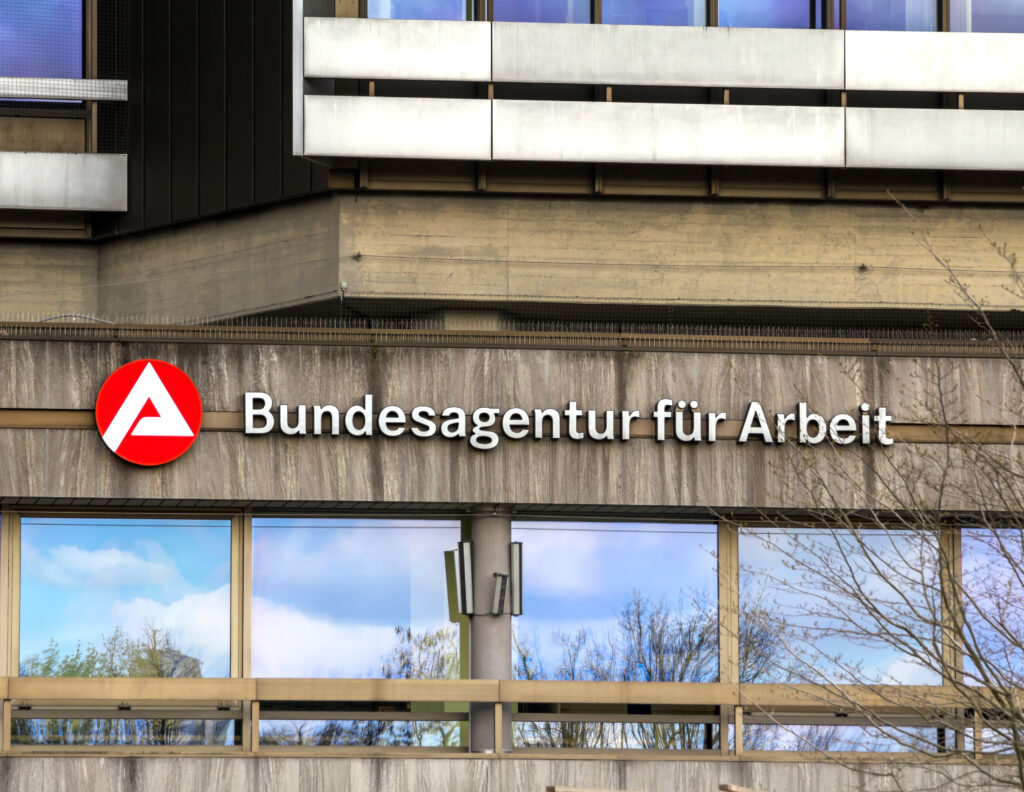The number of unemployed in Germany now exceeds three million. At the same time, the term “unemployment” symbolizes the crisis: deindustrialization, weak productivity, and growing national debt are putting a strain on employment and income. While politicians are trying to appease the situation, the country is losing competitiveness and strength.
More unemployed despite growing public sector
Just a few years ago, Germany was considered a job miracle. From 39.3 million employed people, the number grew to almost 46 million. But the foundation of this upswing was fragile. A persistent productivity crisis ensured that growth was achieved not through efficiency, but through more working hours.

Since 2019, a different picture has emerged. Industrial production fell by around 20 percent. This deindustrialization resulted in the loss of over 200,000 jobs in the manufacturing sector. At the same time, the public sector grew: administration, care, and education gained over 450,000 positions. However, the increase in public employment only superficially conceals the loss in industry.
Statistics gloss over the rise in unemployment
Andrea Nahles of the Federal Employment Agency long spoke of an “anchor of stability.” But now even she has to admit that the number of unemployed is rising sharply. From 2.2 million in 2019, the rate climbed to 6.3 percent. The discrepancy between official statistics and the actual situation remains large.
The result is growing deficits. Unemployment insurance alone has slipped into the red from €1.3 billion to over €5 billion. To minimize public discourse, the government is resorting to loans. This means that national debt continues to grow.
Policymakers rely on appeasement
The German government explains the rising number of unemployed as the result of external shocks. The war in Ukraine and global uncertainties serve as justification. But the causes lie deeper. The productivity crisis is weakening the foundations of the economy. Competitiveness cannot be restored without investments in modern technologies and infrastructure.
Loans are now intended to cover deficits in social security and unemployment insurance. The Federal Employment Agency alone will receive €3.8 billion. This borrowing policy provides short-term relief but exacerbates national debt in the long term.
Productivity as a key factor
Between 2005 and 2019, hourly labor productivity rose by only 12.2 percent. Since 2019, the increase has been a meager 1.3 percent. This stagnation makes the productivity crisis a core problem. As a result, companies are losing competitiveness because rising energy prices can no longer be offset by efficiency.
The ifo Institute reports that 25 percent of industrial companies see their competitiveness continuing to decline since 2025. Declining export shares and declining investment confirm this trend.
Germany in Reverse Gear
Gross domestic product has been shrinking since 2019. Foreign trade, investment, and private consumption are no longer contributing to growth. Only government consumption, financed by new debt, is keeping the figures steady. But this course is exacerbating national debt.
Without a turnaround, job losses threaten to accelerate further. The rising number of unemployed is a symptom of the underlying crisis. Only when productivity, deindustrialization, and competitiveness are openly addressed can this downward spiral be stopped.
